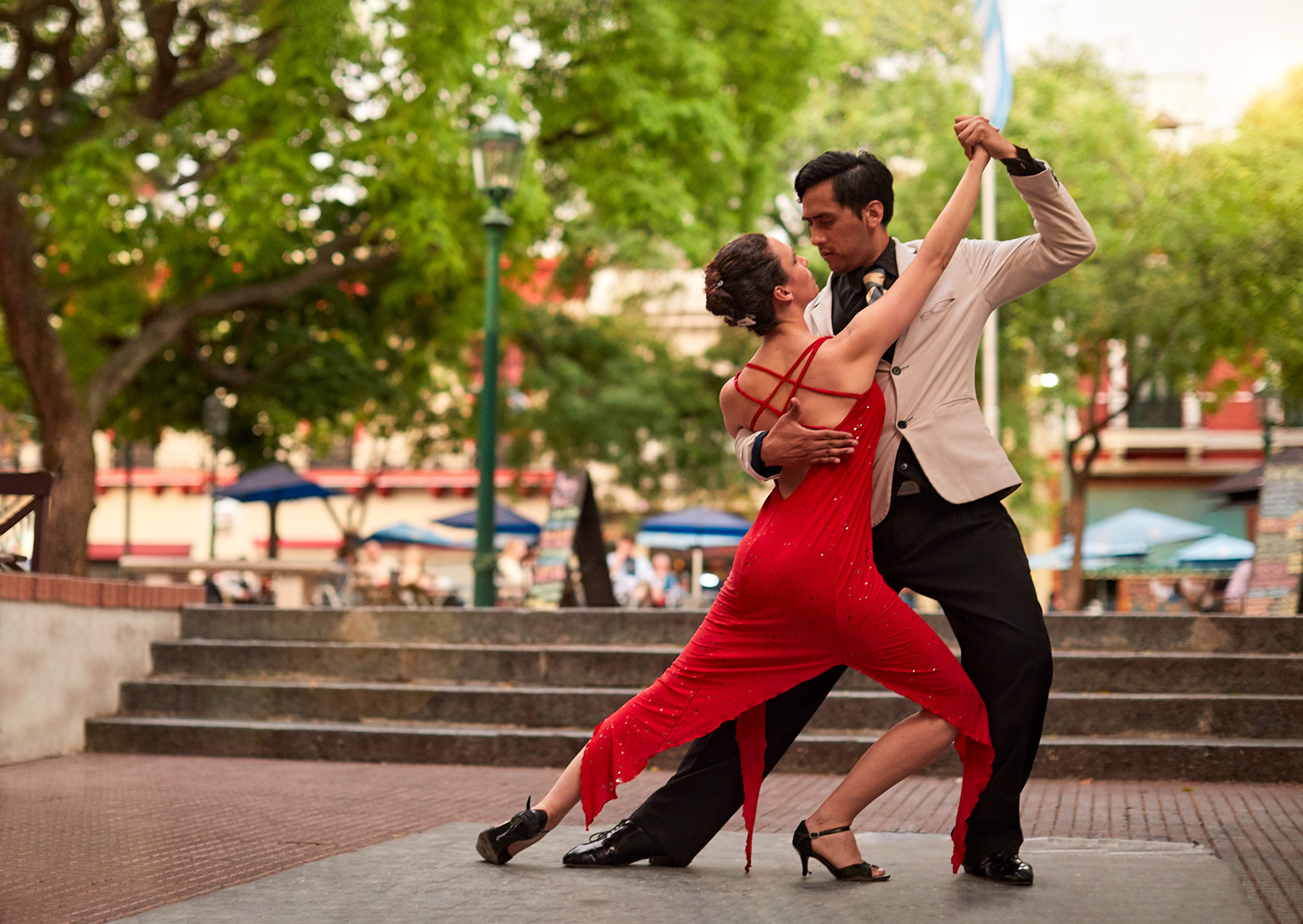Things about Dance Fridays
Table of ContentsThe 5-Second Trick For Dance FridaysWhat Does Dance Fridays Do?The Basic Principles Of Dance Fridays The Only Guide to Dance Fridays
The term "salsa" was created by Johnny Pacheco in the 1960s in New York, as an umbrella term for Cuban dancing songs being played in the city at the time. Salsa as a dancing arised not long after, being a combination of mambo (which was prominent in New york city in the 1950s) along with Latin dances such as Child and Rumba along with American dancings such as swing and faucet.
The fundamental Salsa dancing rhythm is composed of taking 3 actions for every four beats of music. Salsa professional dancers can additionally disintegrate to dance solo, understood as "shines". Both major designs of salsa are straight and circular. In direct salsa, dancers continue to be in their "port", switching over areas from one side of the slot to the various other, comparable to West Coast Swing New Yorkstyle salsa and LA-style salsa are both danced in this manner.

Dance Fridays Fundamentals Explained
Salsa dancing is a worldwide dancing that can be discovered in most city cities worldwide - https://www.avitop.com/cs/members/salsacrazysf1.aspx. Events are held annually, typically called a Salsa Congress, in different host cities intended to bring in a range of salsa dancers from various other cities and countries - salsa crazy. The events bring dancers together to share their interest for the dancing, build area, and share actions and ideas
International Salsa Congress, 2004 at Bangalore Video showing salsa dancing basics For many years, many different designs of salsa dancing have progressed around the globe. A lot of them are suitable with each various other, yet others are different adequate to make dance in between professional dancers of different styles challenging. Salsa has many resemblances with various other partner dances, the styles and abilities found out in salsa can be put on an additional Latin dance like Bachata. Integrating other dance designing methods right into salsa dance has additionally ended up being common, with dancers of one design integrating designs and movements of others to produce new combinations of dancing designs.
One of the most prominent figures in New york city style salsa is Eddie Torres - salsa crazy (recognized as "the Mambo King"), who is credited with helping to define the on 2 salsa timing (based upon mambo) and aiding to popularize it by educating it in dancing studios in New york city and via early educational tapes
Examine This Report on Dance Fridays
LA design salsa is danced in a line or "port" with dancers trading placements throughout the dancing, unlike Cuban salsa which is danced in a more circular style.
In this pattern, the leader steps forward on 1, steps to the exactly on 2-3 while transforming 90 levels counter-clockwise (encountering to the left), leaving the port open. https://www.imdb.com/user/ur173651689/?ref_=nv_usr_prof_2. The fan then tips direct on 5-6 and activates 78, while the leader makes another 90 degrees counter-clockwise and a little forward, coming back right into the port
The "Vazquez Brothers" (Luis Vazquez, Francisco Vazquez, and Johnny Vazquez) are attributed for the very early development and development of LA Design. Luiz Vazquez was the founder of Los Angeles's first salsa dancing team, Salsa Brava. salsa crazy. The Vazquez Brothers attracted impact from stage dances such as tap dancing and helped develop LA design's track record for fancy moves and balancings.
Later on professional dancers such as Alex Da Silva, Christian Oviedo, and Liz Lira are also credited with creating the LA style of dancing as we know it today. [] In Cuba, a popular dance referred to as Gambling enterprise was marketed as Cuban-style salsa or Salsa Cubana abroad to distinguish it from various other salsa styles when the name was popularized globally in the 1970s.
The Ultimate Guide To Dance Fridays
The name Casino site is originated from the Spanish term for the dancing halls, "Casino sites Deportivos" where much social dance was done among the better-off, white Cubans during the mid-20th century and onward. Historically, Gambling establishment traces its beginning as a companion dancing from Cuban Child, Cha Cha Cha, Danzn and Guaracha.
This indicates that no action is taken on the very first and fifth beats in each clave pattern and the fourth and 8th beat are emphasized. By doing this, instead of following a beat, the professional dancers themselves contribute in their activity, to the polyrhythmic pattern of the music. At the very same time, it is often danced "a tiempo", although both "on3" (originally) and "on1" (nowadays).